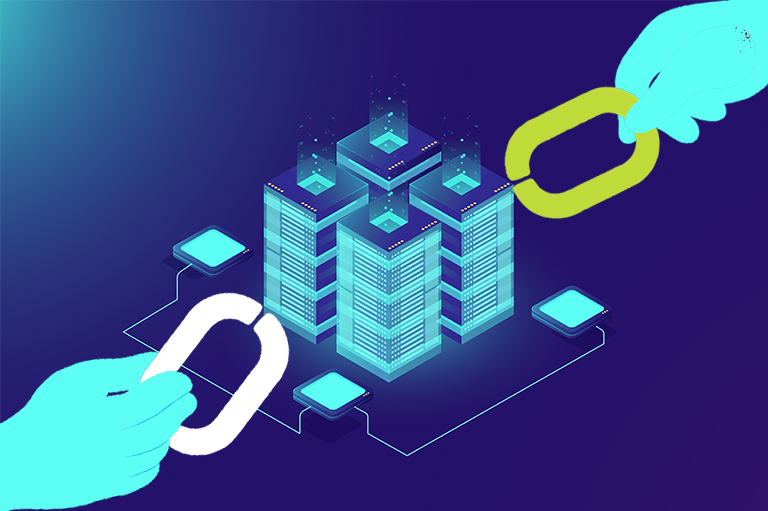Narender Yadav / February 19, 2019

A magical IoT implementation is the result of many disparate things coming together. We know that an IoT Ecosystem is much more than just sensors. It has a gateway, connectivity, several integration points, analytics, and a significant cloud component attached to it. All these must seamlessly work with each other to make the whole project a success. Skillset wise, IoT implementation projects require expertise in a variety of technical areas like electrical and electronics engineering, computer sciences, data analytics, and the business domain.
Just one look will tell you that there are a zillion things which can go wrong and derail the whole initiative. Through this blog, we will deep dive into the factors one must consider carefully to make the IoT project a success. Beware -some of these issues have the potential to derail your IoT initiative.
Typically, IoT implementation will require the integration of the IoT device/sensors, data integration, integration with the back-end system and middleware integration from the third parties. All these things make integration a costly proposition. It often amounts to nearly 50% of the whole project effort, but not many companies make that investment. There is still an unfortunate feeling that buying cool sensors is what is required to make a successful IoT project. To overcome this challenge, one must foresee the fundamental complexities that might arise along with the possibility of future integration needs. Having done that, the organization must onboard the folks with the necessary skills to carry out the integration. It’s either that or a disjointed, unsuccessful IoT project.
Another impediment which can harm the IoT initiative is the need for capital expenditure. Integration, sensors, IT skills for IoT are yet to become ubiquitous and hence economically reasonable. The technology requirements, as well as the effort that needs to be put into IoT implementation, are still costly. Moving your implementation up the maturity curve, within a short span of time takes a significant investment. For others, it is best to do make or buy analysis and outsource it to the right IT service providers to implement the IoT-solution. The silver lining to this cost cloud is that 64% of the IT services managers feel that within two years organizations will start seeing solid Return On Investments.
Lack of people power is another hindrance which is stopping the organizations from realizing the full potential of IoT. IoT is still a nascent technology. The tech talent with the technical know-how and the acumen to understand the business implications are still scarce. Companies have not spent the time or effort in developing talent for this tech. But, very quickly this scenario is changing and creating a resource pool for this has become the number one priority for many organizations. But till that happens -hiring will be a challenge that will stall the initiative.
Hacking into an organization’s IT infra and leaking critical information, proprietary to the organization, into the public domain has become an international cottage-industry now. In an IoT ecosystem, there is data at rest, in motion, and in use and each type is vulnerable to different types of attacks. The decoupling of the data based on information and applying appropriate firewalls can negate the security risks up to a great extent. These day’s sensitive data like financial data and health data from wearables is being transferred over the IoT ecosystem. All these types of data are extremely private, and any leakage can result in a lot of legal complications. It is mandatory for organizations to address all the potential security issues or face the real specter of a failed project.
Simon Sinek stresses that we should always start with the “why”, as that sets the tone and spirit of any endeavor. On similar lines, organizations considering IoT should start with the “why IoT” question. They need to stress on the identification of the right use case. IoT as a technology is still new for many and it’s still being explored. In such a scenario it is important for an organization to start small, i.e. from one business process or a line of business, where it can have a considerable impact and then expand to other areas. Starting with the wrong use-case will not deliver the impact, even if the implementation works. On the other hand, starting with too ambitious a plan will run the risk of running out of steam before getting anywhere.
A comprehensive ecosystem is needed for implementing IoT. IoT comprises a host of modern technologies including cloud, sensors, transmitters, data collection via streaming, and analytics. Apart from the tools and technologies, there is a role for data scientists who will come up with solutions that find order in the data chaos. But the underlying technology where the data is stored and from where it is called hasn’t changed much. This is still largely dependent on legacy systems. An organization that is unable to ensure that the IoT fits into the current ecosystem while being flexible enough to adjust with the evolution of the underlying systems will be stuck with an unscalable IoT initiative.
The final weak link in the IoT chain is the leadership. This is a transformational initiative and needs deep management commitment. The tone for the successful implementation must be set by the leadership. It is up to them to show direction, allocate budget, identify areas of implementation, and make it a key part of the company agenda by their words and actions.
It’s inevitable that IoT will become widespread. As we have seen, there are hurdles to be crossed. But these are certainly not insurmountable. With IoT, the choice for organizations is stark -either make the effort to make the initiative work or watch as the market and the competition that does so passes them by.





One Reply to “The Weakest Link? The Vulnerabilities That Can Hurt Your IoT Project”
Comments are closed.